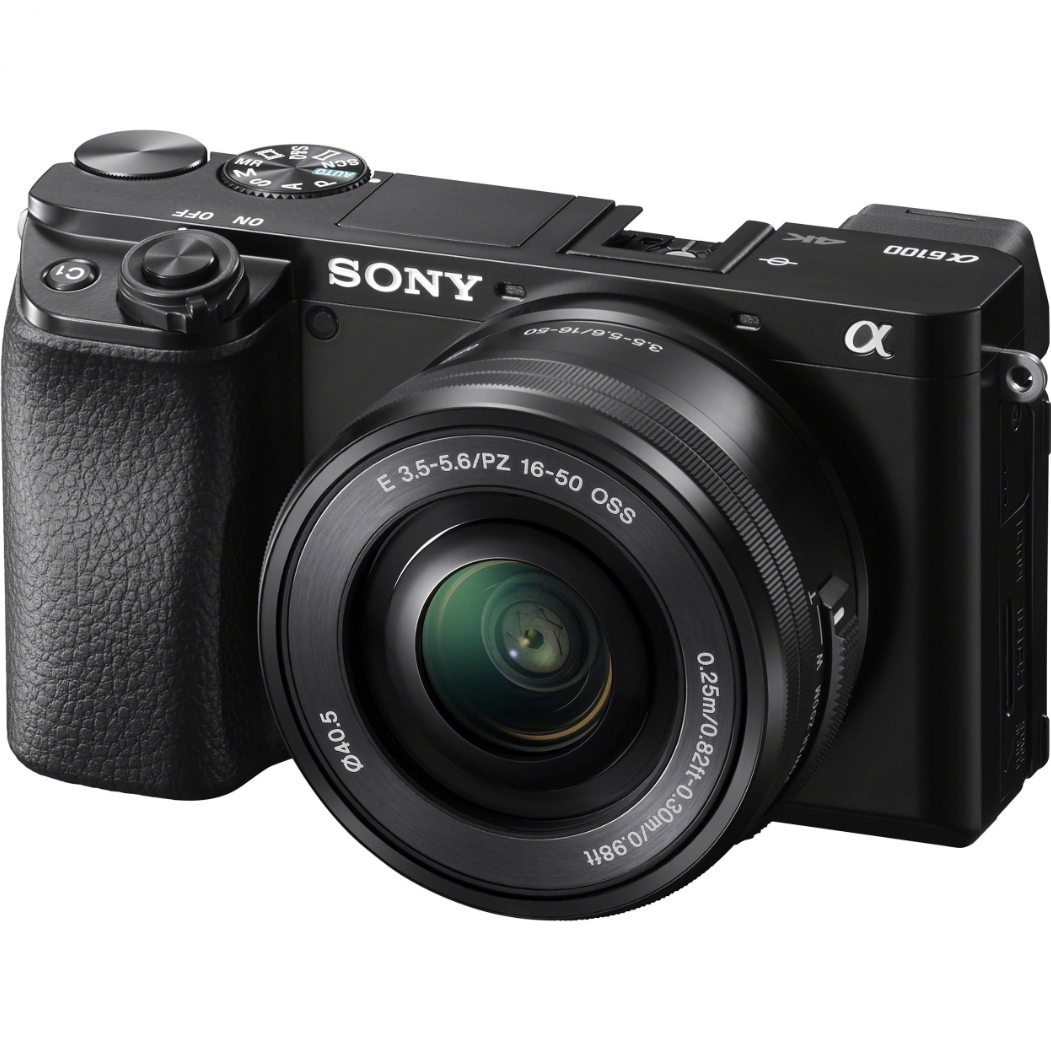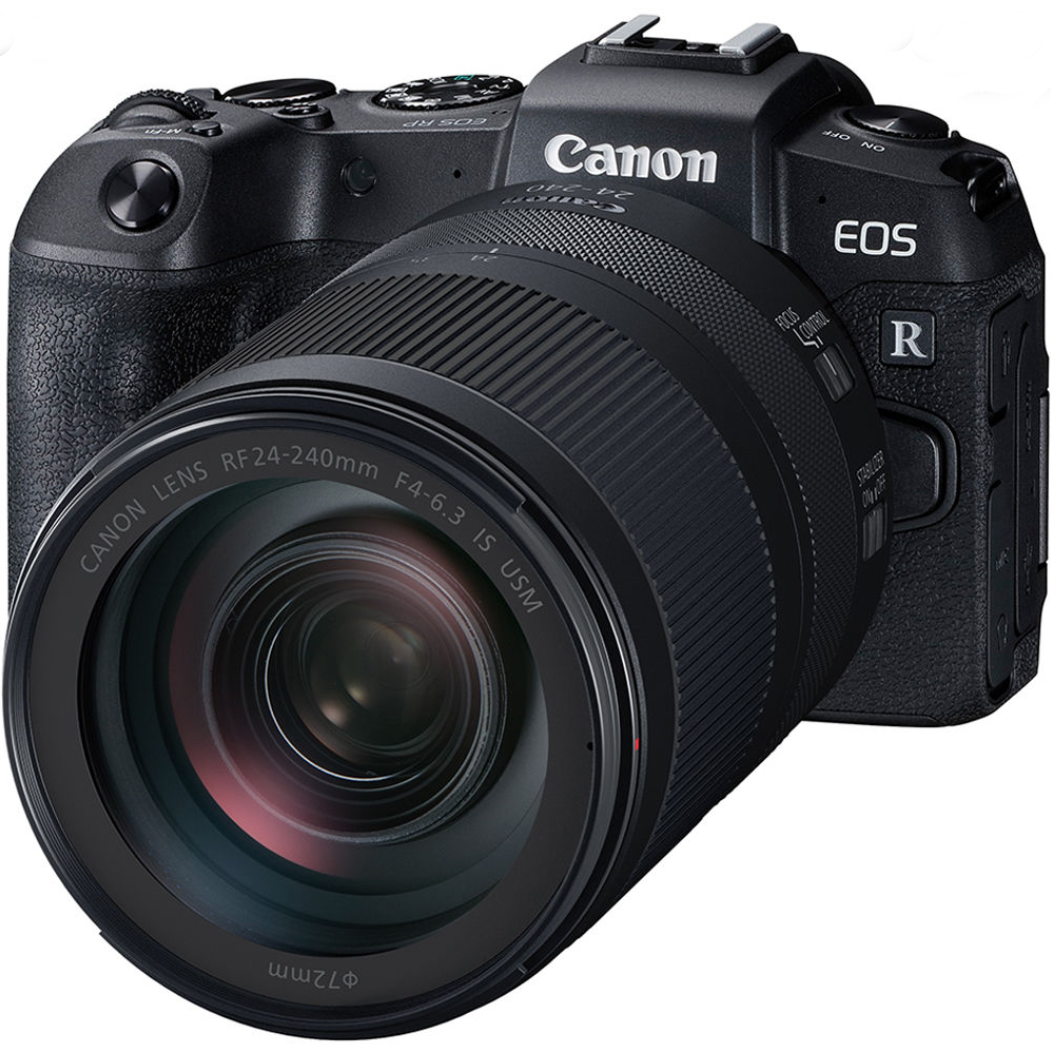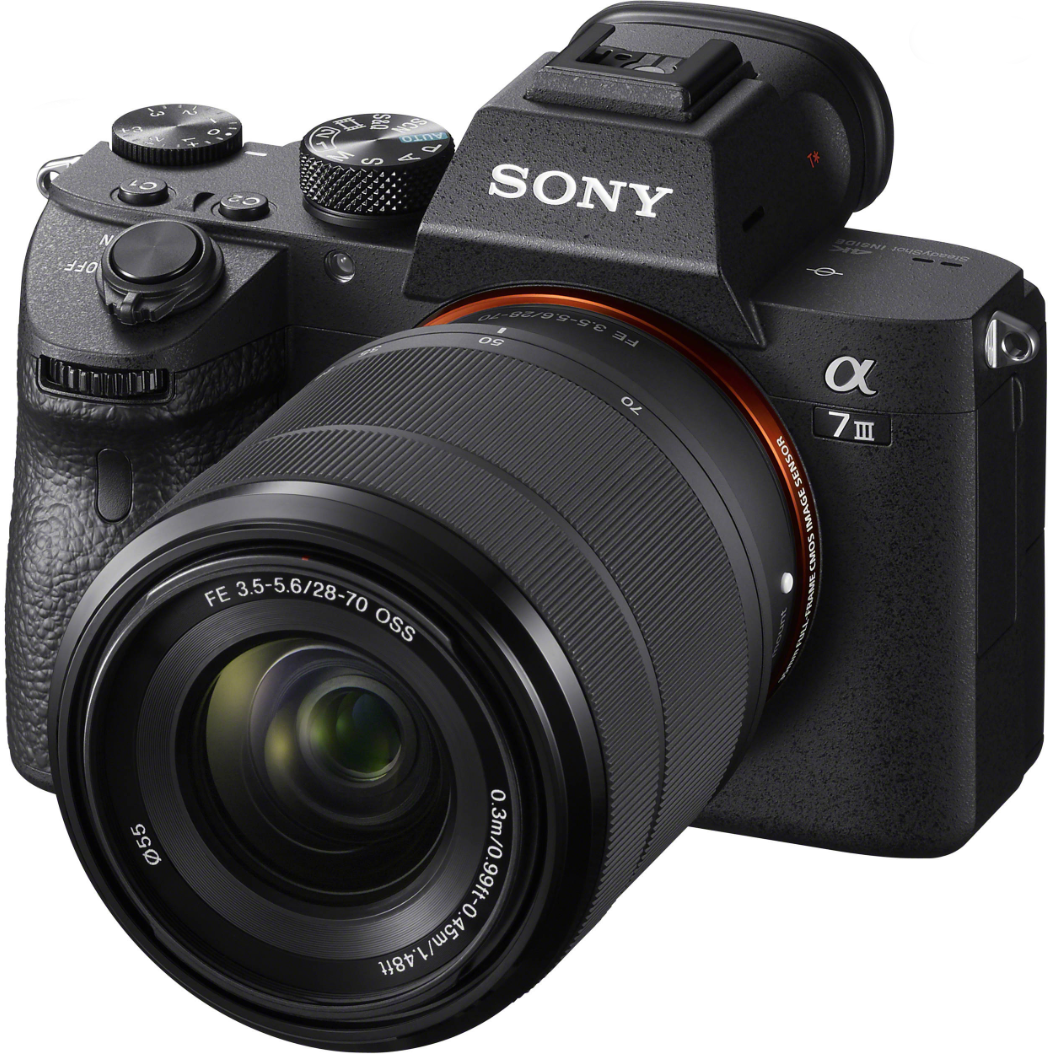Camera Shopping Guide | Rhode Island Photography
CAMERA BUYING GUIDE
One question I get asked more often than anything is “What kind of camera should I get for my kids / spouse?” So I thought I would put together a little something to help you in choosing a camera in your shopping. While I am a professional photographer, I am not a professional camera retailer so I am sure there will be something I miss somewhere! Forgive me 🙂
Now, please note. Just as a gorgeous set of all-clad pans and shun knives will not make me Julia Child, the best camera equipment in the world will not make anyone a fantastic photographer. Choosing a camera is just the start. Whoever is getting the camera MUST MUST MUST learn to use it!! And I don’t mean just reading the manual. But actually taking the time to learn what goes into photography. At the end I will provide some resources for further learning!
Please note, Part Two of this article can be found here – Choosing a Lens
let's begin
TYPES OF CAMERAS
A quick breakdown of each type of camera on the market today.
point & shoots
Point and shoot cameras are the smallest and most simple of the options available. With a P&S what you see is what you get. A small body with a lens that goes out and retracts, a point and shoot can easily fit in a purse or small bag. You might be able to get adaptors for the lens, but you are stuck with what you bought in terms of the lens focal length.
dslr
DSLR stands for Digital Single Lens Reflex. Do you need to know that? Nope. All you need to know is that a DSLR is the camera where you have:
a camera body
a lens
This type of camera allows you to change the lenses. You are not stuck with only the focal length that it came with.
mirrorless
Mirrorless cameras are the “new(ish) kid on the block” Mirrorless cameras are what they sound like – no mirror inside in front of the camera’s sensor. You likely don’t need to worry about what the mirror does – just know that it’s the same as traditional DSLRs in terms of a body with interchangeable lenses.
Let's pause for a second for a quick intro to terms
Some terms / phrases to know that you might see that will greatly helping when choosing a camera:
- Body – the body is the main part of the camera that the lens attaches to in a DSLR and mirrorless camera. You can purchase bodies separately from lenses allowing for more customization
- Lens – the front of the camera that light passes through that is used to make images. (My post on lenses can be seen HERE!)
- Focal length – how long the lens is – but not the *actual* length of the lens, instead it’s how far away the lens makes the subject appear. Focal lengths range from 8mm to upwards of 600mm. For reference, our eyes see at roughly 50mm. So any lens longer than 50mm will be zoomed in a bit, while anything shorter will be what we call “wide angle”. REALLY low numbers (roughly under 24) are super wide angle which give a fishbowl type of image. And for a quick reference point, anything super low or super high will usually be super expensive 😉
- Lenses can be PRIME or ZOOM. A prime lens is a fixed focal length – for example a 50mm lens. A zoom is where when you turn the lens you get a range of focal lengths – for example 24-70mm or 18-55mm or 70-200mm, etc..
- Shutter – the part of the camera (in the lens) that opens and closes when you take a photo
- Aperture – how wide that shutter opens or closes when you press the shutter button.
CHOOSING A CAMERA - POINT AND SHOOT CAMERAS
CHOOSING A CAMERA - DSLR CAMERAS
CHOOSING A CAMERA -
MIRRORLESS CAMERAS
A FEW EXTRAS
Some additional things to keep in mind when shopping
Ergonomics: As silly as it sounds, when you are choosing a camera, some cameras will just feel right to the owner. For example for me, Canon never felt right. It didn’t feel good in my hand, the buttons didn’t make sense to me. Nikon feels perfect. It’s solid, it’s a beast, the button and dial layouts make sense. For some of my best girlfriend photographers, it was the opposite. So sometimes it also is incredibly helpful to just go and hold the cameras.
Brands: There is no one superior brand. Each one, like each style of camera, has its pros and cons. The most popular brands are Nikon, Canon, Sony and Fuji with Pentax lagging behind a little and Olympus behind that. I own Nikon and Sony cameras now in my business, and have owned Canon in the past briefly. *To me* Nikon’s colors are more vibrant while Canon’s are more muted. I think Canon does a better job with skin tones, but Nikon does a better job with handling low-light shooting and grain (noise). Sony has remarkable features for video (which is what I use my Sony for). As with anything else, do your research!
Memory Cards: If you are choosing a digital camera, you probably realize that every digital camera uses memory cards. Your choices are SD, CF, and XQD cards. Cards are rated on their speed to read and write data onto them. SD cards are the least expensive of the three but the higher level the camera, the higher level / speed of card you will need. For most people and most cameras, a 16-32GB memory card will be more than enough. You can get them from 4GB up to 512GB+ but only professionals would probably ever need a memory card 64+ GB or above. Also, the more memory, the more expensive the card. I personally swear by SanDisk for all of my memory cards, except for my Nikon D850 which uses a Sony XQD card.
Card Slots: This would probably only matter to someone in business when choosing a camera, but some people prefer a camera with dual card slots. This means it holds two memory cards and you can set it to automatically back up each image onto the second card, or use it as an overflow when the first card is full.
Flash: Used with DSLRs and Mirrorless systems, flash (or speedlights) are something to be bought and added on externally. They sit on top of your camera so if you want to use one, make sure when choosing a camera, that yours has a “hot shoe” on top to accept one. Flashes come in all different strengths and varieties. Think of them as a flashlight – some flashlights are much more powerful and reach much further than others. Each brand makes flashes compatible with their bodies, but there are also plenty of good off-brand options by makers such as Yongnuoand Godox to name two. Just make sure the flash is compatible with your camera body.
Video: More and more people these days are looking for cameras that do both video and photos. If you are looking for that luckily a ton of cameras have the option for both! Make sure before you buy it to ask about the video capabilities. Check and see what the frame rate (FPS) is. You ideally want 24-30 and / or 60fps. Some cameras now even offer 4k quality video but that’s not always all it’s cracked up to be.
Software: Once you get the images, you will need software to be able to work with them on the computer. The most popular programs are Lightroom and Photoshop. There are also less expensive and free versions of software out there such as:
- GIMP – https://www.gimp.org/
- PhotoScape X – http://x.photoscape.org/
- PixlR Editor – https://pixlr.com/editor/
Review Sites: It’s always good to find unbiased reviews of cameras. Some good sites to use:
- Digital Photography Review – https://www.dpreview.com/
- CNet – https://www.cnet.com/
- Digital Camera HQ – https://digitalcamera-hq.com/
WHERE TO SHOP
My favorite resources for shopping for equipment!
I have several places that I prefer to shop for my equipment. NO MATTER WHAT if the price you see is too good to be true, it probably is. I highly recommend using www.resellerratings.com if you have questions about a website. Please note I am not a paid endorser – I get nothing from you shopping any of these places. I just like them!
For local readers:
- Hunt’s Photo and Video – 571 N. Main St in Providence – great small chain camera shop with knowledgable staff. Limited inventory but helpful and a “real” camera shop they are a great asset when choosing a camera. A little limited in stock.
- Best Buy – 1337 N. Washington St, North Attleboro, MA – the N. Attleboro store has a fantastic camera section with very knowledgable staff and even basic photography classes! When I was choosing a camera to use for video last year they were extremely helpful!
Online:
- Best Buy – www.bestbuy.com – personally I like them because I can usually get 1% cash back with ebates / rakuten! Decent selection and competitive pricing
- B & H Photo and Video – www.bhphotovideo.com – a great company based out of NYC. Massive selection, fast shipping and great customer service. Do note that they observe Jewish Shabbat as well as all Jewish holidays so check for any restrictions on purchasing / shipping dates.
- Adorama – www.adorama.com – similar to B&H they are based out of NYC and have a huge selection of items. Only drawback I’ve found is shipping takes longer. They also observe Jewish Shabbat and holidays.
- Unique Photo – www.uniquephoto.com – based out of NYC not as popular so will sometimes have equipment other stores are sold out of.
- KEH – www.keh.com – a fantastic online option for used equipment. I highly recommend buying used sometimes. You can get better equipment for cheaper by doing so. These guys really check over the equipment and their ratings system makes it easy to tell what quality you are getting.
For Repairs:
- Just in case you get the fancy camera and something happens, the guys down at Midstate Camera Repair (389 Warwick Ave, Warwick, RI) are fantastic.
WHERE TO LEARN
My favorite resources for learning more about photography
After you’re done choosing a camera and you’ve given it to your gift receiver, why not go an extra step and provide some learning for them?? Like I said before, having a “big fancy camera” and using it on Auto is like getting a Mercedes and pushing it down the hill. Here are some varoius resources both online and in print. If there are classes near you, take advantage! See if photographers by you offer classes or workshops. Anything hands on will teach even better. 🙂
Books:
- Understanding Exposure by Bryan Peterson – a wonderful basic primer to photography that everyone should read.
- Your camera manual – seriously. You’d be surprised how many people don’t read the manual.
- Read This if you Want to Take Great Photographs by Henry Carroll – a fun basic guide
- BetterPhoto Basics by Jim Miotke – good beginners guide
- Langford’s Basic Photography: The Guide for Serious Photographers by Michael Langford – a bit of everything this book covers a ton of topics.
Advanced Books:
If your gift receiver already has some basic knowledge about cameras, then these might fit the bill:
- The Photographer’s Eye by Michael Freeman – works specifically on composition
- Learning to See Creatively, third edition: Design, Color, and Composition in Photography by Bryan Peterson
- The Digital Photography Book: Part One by Scott Kelby
Online:
- ClickinMoms – www.clickinmoms.com – fantastic worldwide resource online for learning. Has message boards, breakout classes to join, a great learning library, and more!
- Creative Live – www.creativelive.com – great classes you can either stream live or purchase for download.
- FStoppers – www.fstoppers.com – tons of articles and tutorials with an active community
- Digital Photography School – www.digital-photography-school.com – lots of great resources
point and shoot camera options

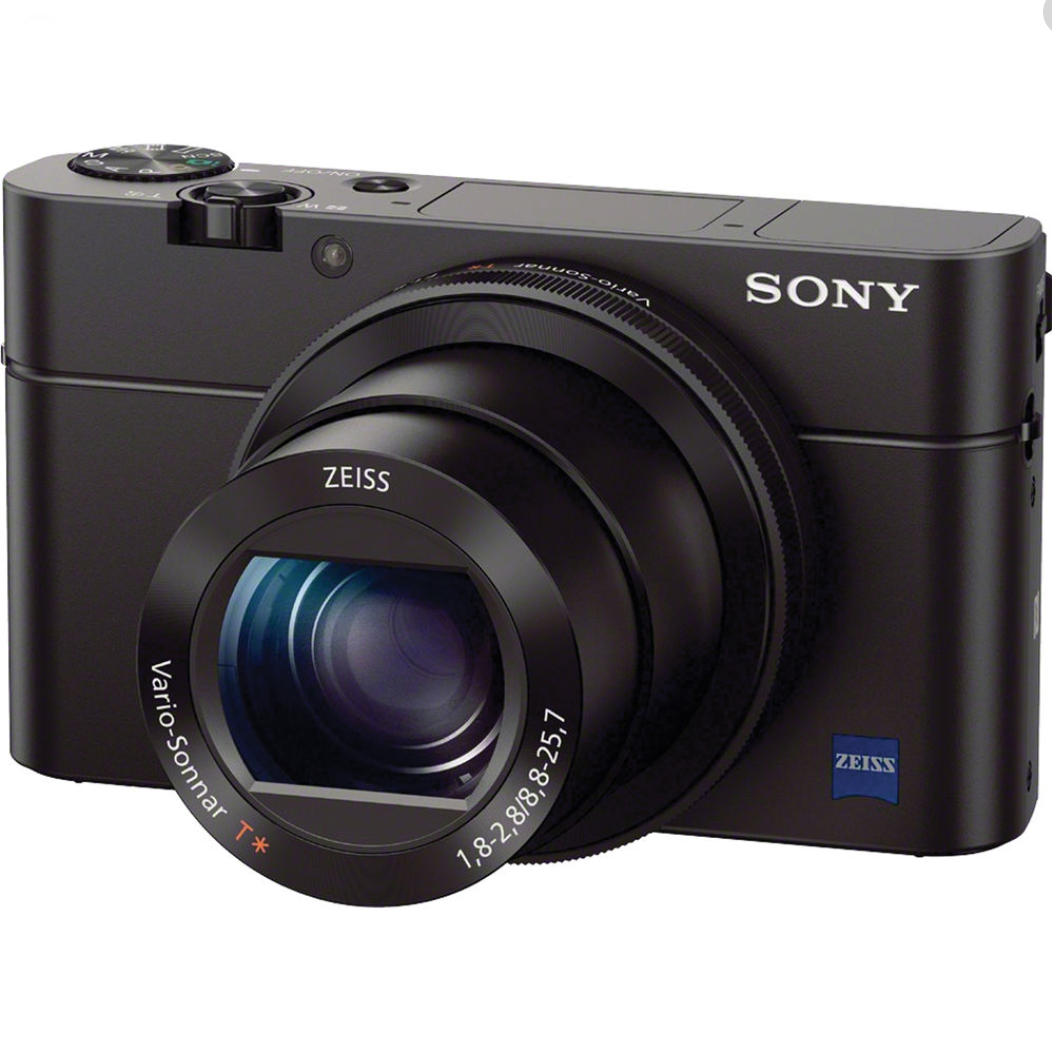

DSLR camera options
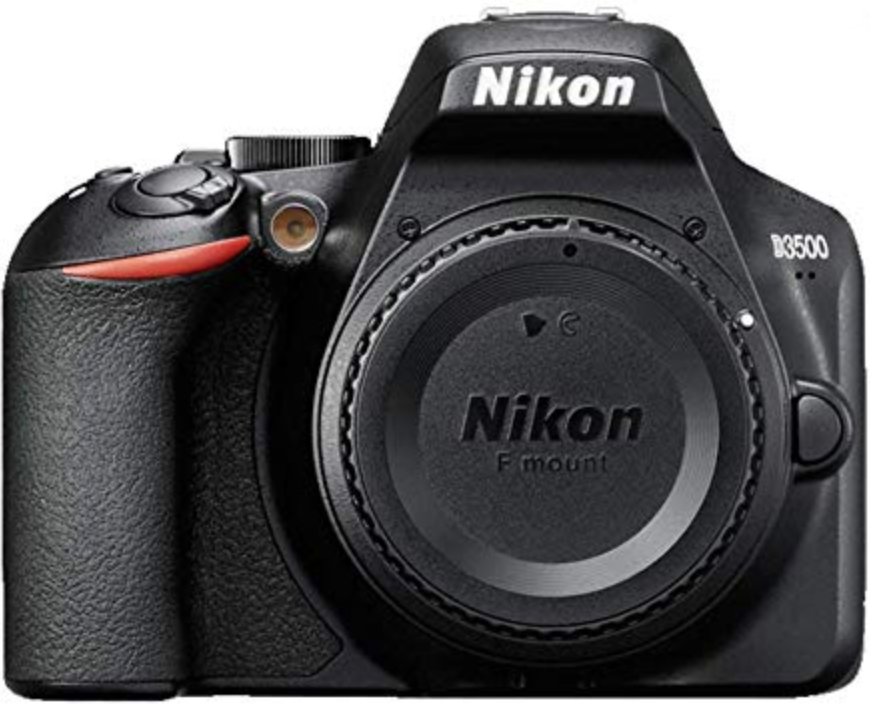


mirrorless camera options
please note although pictured with lenses, you will need to purchase a lens separately
